
|
|
|
| synonym |
|
| description |
This species has an orange to reddish-orange color pattern on the wings and body. The pair of markings extending down from the base of the wings, with arrow-shaped tips, sometimes are broken. More importantly, the broad orange markings near the wing tips are touching one another when the wings are closed; the resulting pattern looks like a continuous band in the shape of a W. The scutellum is largely yellowish but has a prominent orange spot at the apex, and [sometimes] an orange mark on the upper, outer margin of the lateral triangles. The top of the head has two parallel orange submedial lines, often with a lateral branch; the midline is pale. The pronotum has a Y or V-shaped orange mark, with an orange lateral bar on either side. The face and underside of the thorax are pale. Adults are 2.8- 3.2 mm long. (3I) |
| distribution |
Eastern United States (3I) |
| abundance |
Recorded recently from the Piedmont; probably more abundant in the right habitat. |
| seasonal_occurrence | |
| habitat |
Has been found in mixed hardwood forest habitat. |
| plant associates |
Quercus alba, Quercus falcata, Quercus macrocarpa, Castanea pumila (3I) |
| behavior |
Can be attracted at night with a light. |
| comments |
This page serves as an umbrella for any individuals of Eratoneura that have a similar color pattern to Eratoneura forfex. Eratoneura can be a very challenging genus to identify, as most species are similarly colored and patterned. Eratoneura forfex however, and other species like it, has the broad orange markings near the wing tips touching one another when the wings are closed; the resulting pattern looks like a continuous band in the shape of a W. In other Eratoneura species, this orange 'band' is disconnected, with a noticeable separation between the mark from both wings. Below are the descriptions in the 3I database for E. forfex and the similar E. knullae, and links to images of pinned specimens. As you can see, both species are very similar to one another.
E. forfex- Dorsum yellow or white. Color pattern red or orange. Vertex with orange parallel submedial lines (often with lateral branch). Vertex midline pale. Anteclypeus pale, concolorous with rest of face. Pronotum with Y- or V-shaped medial vitta. Mesonotum pale, with dark lateral triangles, apex concolorous with rest of mesonotum. Thoracic venter entirely pale. Forewings with broken oblique vittae, without crossbands. Clavus with separate basal and distal vittae. Forewings with dark spot on costal margin. Forewing apical cell II without distal spot, inner apical cell with brown spot basally.
E. knullae- Dorsum yellow or white. Color pattern red or orange. Vertex with orange parallel submedial lines (often with lateral branch). Vertex midline pale. Anteclypeus pale, concolorous with rest of face. Pronotum with Y- or V-shaped medial vitta. Mesonotum pale, with dark lateral triangles, apex dark, contrasting with adjacent pale areas. Thoracic venter entirely pale. Forewings with broken oblique vittae, without crossbands. Clavus with separate basal and distal vittae. Forewings with dark spot on costal margin. Forewing apical cell II without distal spot, inner apical cell with brown spot basally.
Additionally, some of the species included in this group could be similar (and perhaps not distinguishable). Eratoneura is a very challenging genus to identify most species to species level. |
status |
[Native:]
[Introduced:]
[Extirpated:] | | list_type |
[Official:]
[Provisional:] |
| adult_id | Unmistakable and widely known Identifiable from good quality photos of unworn specimens
Identifiable from photos showing undersides, or other specialized views [e.g., legs, face]
Identifiable only by close inspection of structural features or by DNA analysis NULL |
| nymph_id | Unmistakable and widely known Identifiable from good quality photos, especially where associated with known host plants
Identifiable from close inspection of specimens or by DNA analysis
Identifiable only through rearing to adulthood NULL |
| G_rank |
|
| S_rank |
|
| rank_comments |
|
| tribe |
Erythroneurini |
| subgenus |
|
Species Photo Gallery for Eratoneura nr. forfex No Common Name |
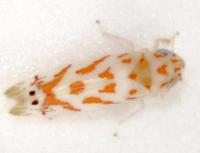 | Photo by: Kyle Kittelberger
Wake Co.
Comment: mixed hardwood forest habitat | 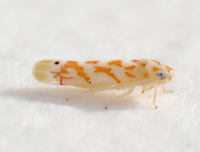 | Photo by: Kyle Kittelberger
Wake Co.
Comment: mixed hardwood forest habitat |
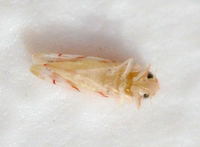 | Photo by: Kyle Kittelberger
Wake Co.
Comment: mixed hardwood forest habitat | 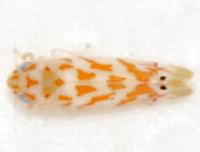 | Photo by: Kyle Kittelberger
Wake Co.
Comment: mixed hardwood forest habitat |
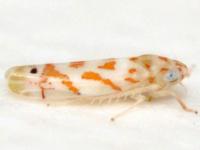 | Photo by: Kyle Kittelberger
Wake Co.
Comment: mixed hardwood forest habitat | 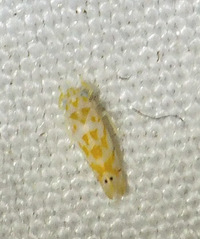 | Photo by: Randy L Emmitt
Orange Co.
Comment: UV light |
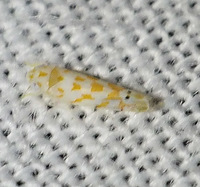 | Photo by: Randy Emmitt
Orange Co.
Comment: UV lights visited briefly. | 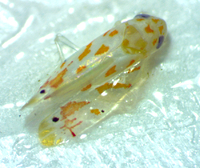 | Photo by: Ken Kneidel
Mecklenburg Co.
Comment: 2.9 mm, alive, stuck in a tree band on oak |
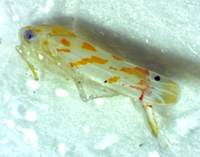 | Photo by: Ken Kneidel
Mecklenburg Co.
Comment: 2.9 mm, alive, stuck in a tree band on oak | 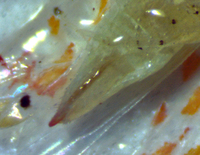 | Photo by: Ken Kneidel
Mecklenburg Co.
Comment: 2.9 mm, alive, stuck in a tree band on oak |
|

 »
»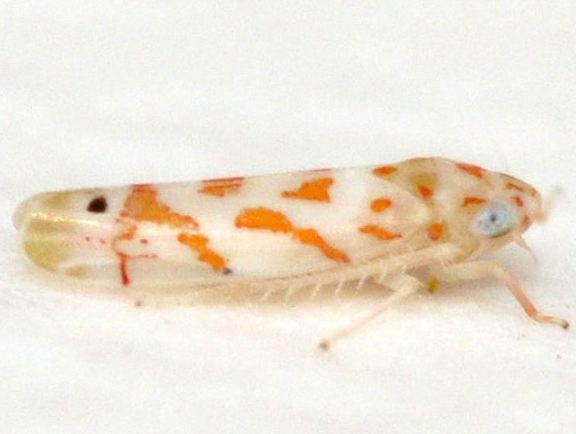
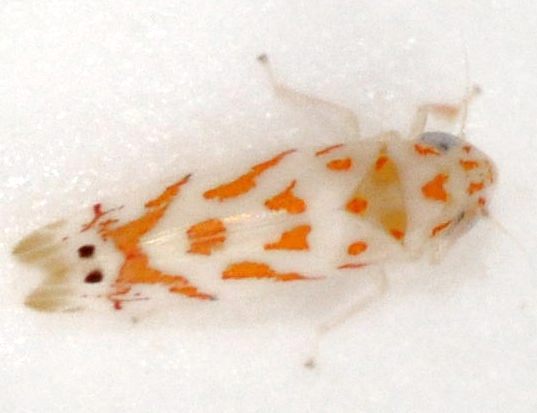
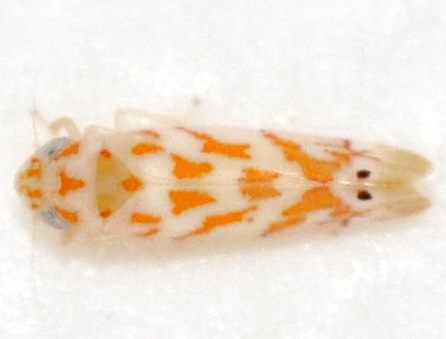

 »
»

